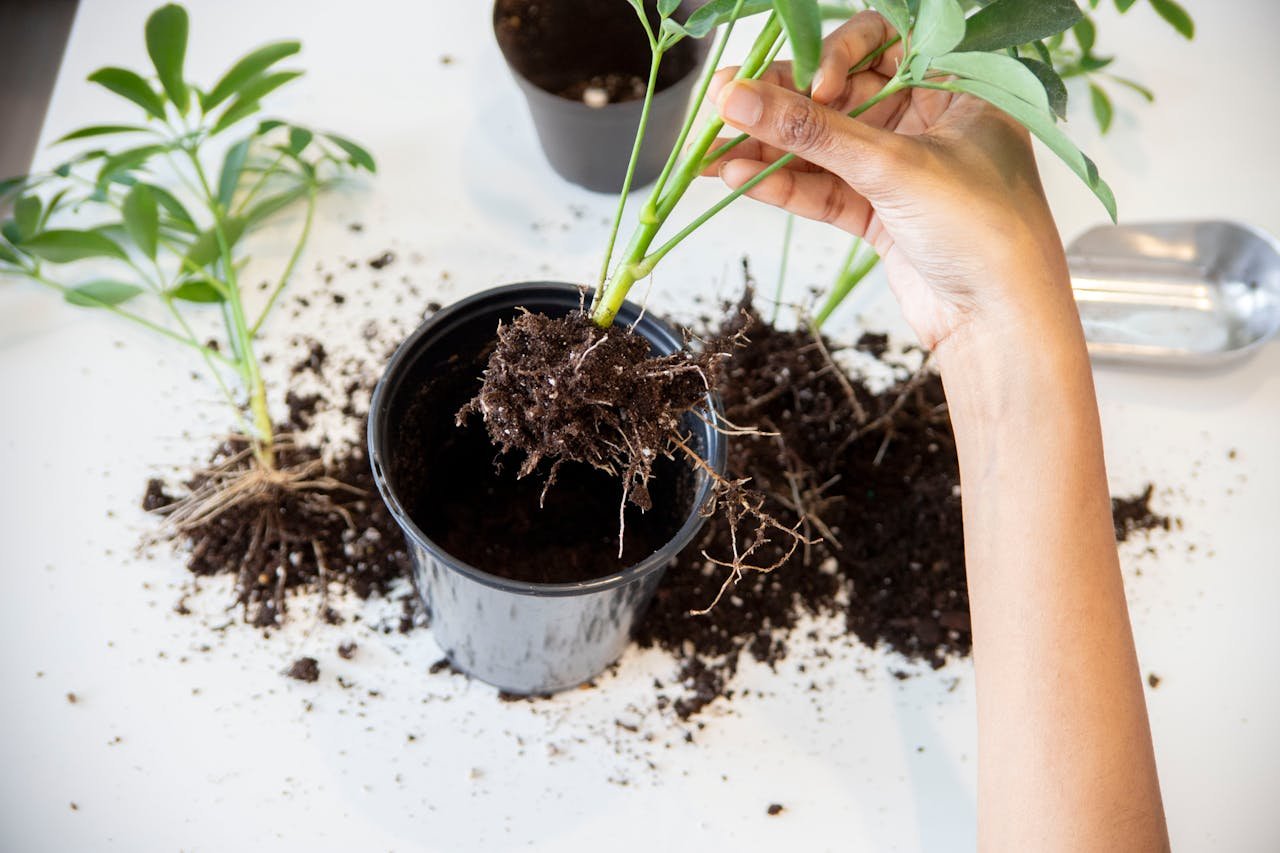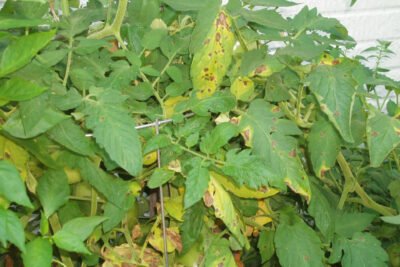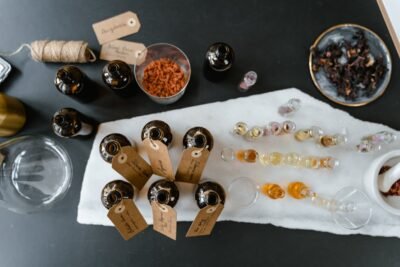
How to Care for Plants in Low Light Conditions

Have you ever brought home a plant, placed it in a cozy corner of your room, and then watched it slowly fade away? It’s not your fault. The problem might not be your watering or love, it’s the light. Many indoor spaces have limited sunlight, and most plants need light to survive. But don’t worry; some plants are tough enough to grow in darker spots, and with the right care, they can still thrive. In this article, you’ll learn the simple secrets to keeping your plants healthy and happy in low light. Read to the end to find out the surprising trick many plant owners miss.
- What Does "Low Light" Really Mean?
- Choose the Right Plants for Low Light
- Watering in Low Light: Less Is More
- Use the Right Pot and Soil
- Clean the Leaves
- Rotate for Even Growth
- Light Tricks: Help Nature a Bit
- Don’t Fertilize Too Often
- Watch for Trouble
- One Secret Trick: Move Plants for a Weekly Sunbath
What Does "Low Light" Really Mean?
Low light doesn’t mean no light. It just means there isn’t direct sunlight hitting the plant. A room with a small window or a space several feet away from a bright window counts as low light. Basements, bathrooms, and offices with only artificial lighting are also low-light areas.
If you can read a book in the room during the day without turning on a light, there’s probably enough light for a low-light plant. If the room stays dark without the lights on, you may need to help your plant with a few smart tricks.
Choose the Right Plants for Low Light
Not all plants can handle low light. If you pick the wrong one, no matter how well you care for it, it won’t last. These plants are great choices for low-light conditions:
- Snake plant (Sansevieria): Super tough and very forgiving
- ZZ plant (Zamioculcas zamiifolia): Grows slowly but survives almost anywhere
- Pothos (Epipremnum aureum): A trailing plant that’s easy to grow
- Peace lily (Spathiphyllum): Can even bloom in low light
- Cast iron plant (Aspidistra elatior): Named for its ability to take a beating
Start with one of these and you’ll already be ahead.

Watering in Low Light: Less Is More
In low-light rooms, soil takes longer to dry. That means you should water less often than you would in a sunny spot. Overwatering is the number one killer of houseplants in low light.
Here’s how to water the right way:
- Stick your finger about an inch into the soil. If it feels dry, it’s time to water.
- Use room temperature water.
- Water until you see it drain out the bottom of the pot.
- Never let your plant sit in standing water.
If you’re not sure whether to water, it’s better to wait a day. Most low-light plants prefer being a little dry rather than too wet.
Use the Right Pot and Soil
A good pot for low-light plants must have drainage holes. Without them, extra water stays in the soil and causes root rot.
Choose a well-draining potting mix. Regular indoor plant soil works well for most low-light plants, but some, like succulents, need special mixes. Read the label to match your soil to your plant.
Also, avoid pots that are too big. Large pots hold more soil, which keeps water longer and can lead to soggy roots in a dark room.
Clean the Leaves
Dust can block the little bit of light your plant gets. Use a damp cloth or paper towel to gently wipe the leaves every couple of weeks. Clean leaves can soak up more light and breathe better.
While you're at it, check for pests hiding under the leaves. Bugs like low light too, and early action can save your plant from damage.
Rotate for Even Growth
Low-light plants often stretch toward the closest light source. To keep your plant looking full and even, turn the pot a little each week. This helps the plant grow in all directions, not just one side.
Light Tricks: Help Nature a Bit

If your room is really dark, you can use artificial light. Grow lights are a great way to help plants survive in places like offices or basements. Here’s how to use them:
- Pick a white LED or full-spectrum grow light
- Place it 6 to 12 inches above the plant
- Keep it on for 12 to 16 hours a day
You don’t need fancy gear. Even a regular desk lamp with a bright bulb can help if it’s close enough.
Don’t Fertilize Too Often
Plants in low light grow slower. That means they don’t need as much food. Fertilizing too often can build up salts in the soil and hurt the roots.
Feed your plant once every 2 to 3 months in spring and summer. In fall and winter, skip the fertilizer completely. Use a balanced liquid fertilizer, and always follow the label instructions.
Watch for Trouble
Even tough plants can have problems. If your plant is losing leaves, turning yellow, or growing very slowly, it might be telling you something. Ask yourself:
- Is it getting enough light?
- Am I watering too often?
- Is the pot draining well?
Make one change at a time so you can see what helps.
One Secret Trick: Move Plants for a Weekly Sunbath
Here’s a tip many people don’t know. If your plant lives in a very dark spot, give it a mini vacation. Once a week, move it to a brighter room for a day or two, then return it to its usual spot. This short burst of light can give your plant the boost it needs without stressing it too much. It’s like sending your plant on a weekend trip to the beach.
Caring for plants in low light isn’t hard once you know what to do. Pick the right plant, water less, clean the leaves, and don’t forget to rotate and check for trouble. With just a little effort, you can enjoy greenery in every corner of your home, even the darkest ones.
If you want to see other articles similar to How to Care for Plants in Low Light Conditions you can visit the category Plant Care.




Leave a Reply